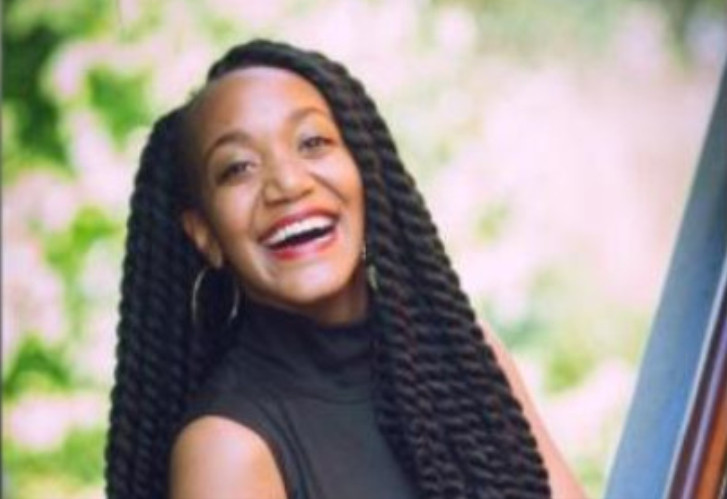Of course I can identify with slavery, but I don’t want to only see slavery. We are more than that. I wanted to see, read, hear, and feel something about our ancestors. Something I can be proud of. What did they do, where did they come from, what were they good at?

By Esmée: “We regularly go to the museum with our little ones, an adventurous and educational outing because in a museum, a new world often opens up for them. They see new things, learn how to look at art, and feel what art does to you. But what struck me is that there are very few museums where art is displayed that our children can identify with. Where works are hung, or similar items, showing people who look like our children or like us. It’s actually unbelievable in 2016, I think. What does it do to the self-image of children with (partly) non-Dutch roots? And what can it do to the image that the “native” population has of the “immigrant” population? I talked about this with Dyonna Benett.”
She says: “In the first and second year of my studies, I often went on field trips with my class. We visited various museums, and each time I hoped that I would find something of myself, my parents, and ancestors in those museums. That I could come home with stories about us, that I would learn new things about our history.” But Dyonna kept coming back from the museum disappointed. Yes, there was beautiful art, there were sculptures that she liked, but she couldn’t find herself in it. And when she did recognize herself, it was in images of enslaved brown people… (..)

